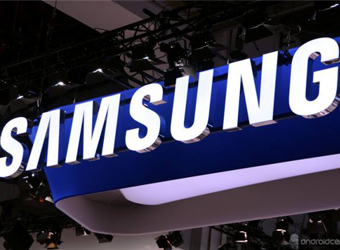Samsung’s flagship Galaxy S9 and S9+ smartphones hit the shelves on Friday, but the South Korean electronics giant could face one of its toughest years in recent times.
In 2017, Samsung’s mobile division managed to grow despite a sluggish market, thanks to the Galaxy S8, which was very different to its predecessors. It had favorable semiconductor market dynamics of supply shortage and high demand that pushed prices harder, helping the company surpass Intel as the world’s biggest chipmaker.
And on top of that, Apple was buying so-called OLED panels from Samsung for the iPhone X, which helped boost profits in that division. Samsung’s share price rose over 41 percent in 2017 as a result.
The problem is that those trends that helped Samsung last year might not be present in 2018. Investors are clearly cautious; shares of Samsung Electronics are flat this year.
Firstly, research firm Gartner showed that smartphones sales fell 5.6 percent in the fourth quarter of 2017, the industry’s first decline since 2004. People are holding on to phones for longer and with prices steadily climbing towards, and at times exceeding, the $1,000 mark, consumers don’t feel the need to splurge on the latest smartphone.
Competition in the handset market might be fiercer than ever. Not only is Samsung facing Apple, but it’s got a serious rival in the form of China’s Huawei, and even from alternative Chinese brands Oppo, Vivo and Xiaomi. These smartphone makers are offering high-spec devices with substantially lower prices than bigger rivals. In India, key smartphone market Xiaomi knocked Samsung off the top spot in the fourth quarter.
source: CNBC


